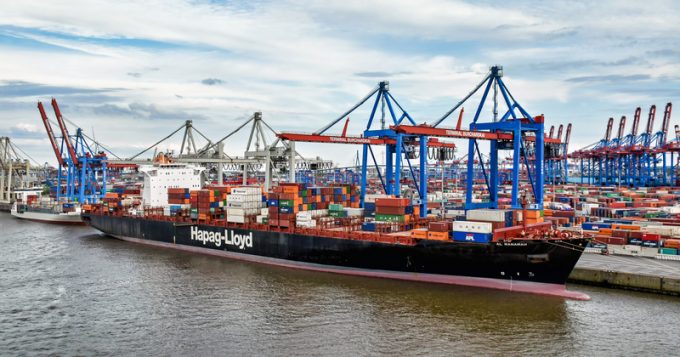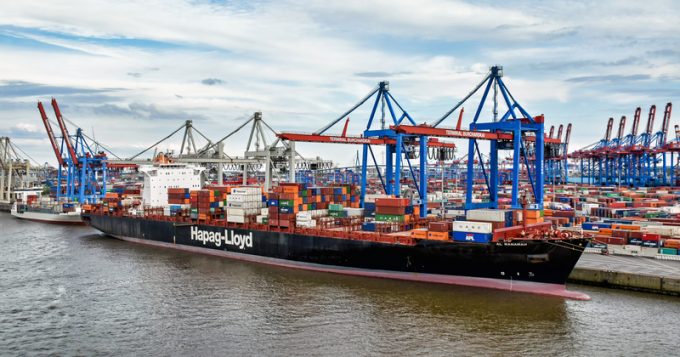
Sources said Hapag-Lloyd has shown interest in buying South Korean carrier HMM, making it the first foreign entity to take part.
Only three days before bids close, loadstar Sources in South Korea’s securities and investment banking sector said Hapag-Lloyd had requested a prospectus from Samsung Securities, which is handling the sale of the state’s majority stake in HMM.
A spokesperson for the carrier said: “Hapag-Lloyd is always studying possibilities to develop and grow our business. In this context, we are also exploring whether investing in other liner companies can create a stronger player in the global shipping industry.”
Last month, the state-controlled Korea Development Bank (KDB) and Korea Ocean Business Corp. (KOBC) launched a tender to sell 57.87% of HMM shares, which came under government control, after a debt-equity swap in 2016.
After a shipping boom fueled by Covid-19 brought HMM record profits, it was decided it was time to release the company from state support.
It is known that five South Korean companies have submitted bids or are considering it. They are LX Pantos Logistics Group, Samra Midas Group (parent company of HMM peer SM Line), Harim Group (parent company of dry freight company Pan Ocean), Dongwon Group fishing and deep sea logistics and apparel exporter Global Sae-A.
The stake in HMM is estimated to cost between $3.8 billion and $7.6 billion. As of June 30, Hapag-Lloyd has cash holdings of $7.38 billion and retained earnings of $16.6 billion, making it financially stronger than the South Korean bidders.
Xeneta Senior Analyst Peter Sand said loadstar Hapag-Lloyd might be working to maintain market share, as the German carrier was less aggressive in ordering new buildings and buying used ships, as its competitors had been during the boom years.
Hapag-Lloyd may not only “catch” Cosco (in box-ship ratings) by buying HMM, he said, but it will avoid being overtaken by ONE and Evergreen if it doesn’t work. Hapag-Lloyd could slide from fifth to seventh if it sits and waits.
It will be the first government entity to be sold to a non-South Korean buyer. But, in essence, Hapag-Lloyd will bridge the gap it created from being ‘late’ to the feast of very large vessels, which HMM has fully acquired, as it has grown from being non-South Korean. mission to the largest takeover candidate.”
Hapag-Lloyd, ranked fifth, operates 1.88m TEU and has 288,640 TEU of new buildings on order. ONE, the grade below, is operating with 1.68m TEU, but has a larger order book, of 469,768 TEU, and will narrow the gap with the German line. HMM, ranked eighth, has 790,342 TEUs in operation and has 265,027 TEUs on order. The Hapag-Lloyd-HMM consortium could mean a fleet of over 3.22 million TEUs.
Last month , loadstar He was informed by South Korean sources that the government would be “unwilling” to sell HMM to a foreign entity, because the nation’s culture was “in-house”.
“It would not be politically feasible to sell HMM to a non-South Korean entity, especially after it has received government support in the past,” added Linerlytica analyst Tan Hwa Ju.
Hapag-Lloyd’s most recent merger and acquisition was in 2017, when it acquired UASC, three years after it absorbed Chilean carrier CSAV.
But Mr. Sand believes shippers could benefit from an expanded Hapag-Lloyd, if the carrier can lower its unit costs and offer lower rates and better service.
“Furthermore, we see Hapag-Lloyd facing a headwind due to its climate performance,” he said. “Xeneta’s carbon emissions index has shown HMM many times to be a top performer. A good match.”

